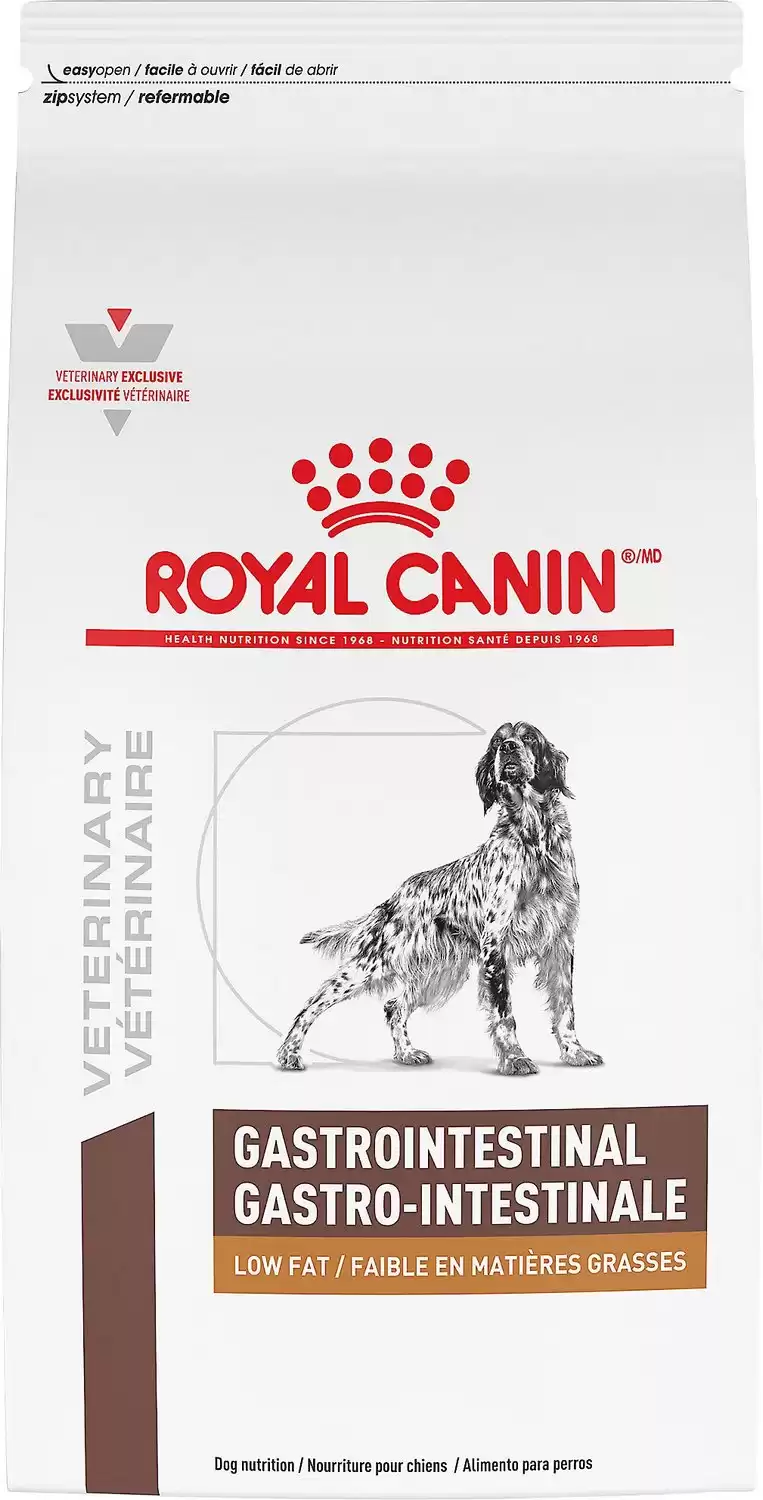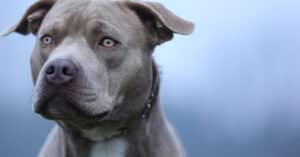You probably enjoy your meals better when served with a small portion of steamed cabbage on the side. However, sometimes you will be tempted to share your plate with your dog by letting him have a bite of what you’re having.
But is it safe to feed cabbage to your loyal fur friend? This cheap and easy-to-make vegetable is packed with vitamins, nutrients, antioxidants, and minerals, making it a healthy meal for your pup. It also contains fiber that can improve your digestion and that of your dog.
However, don’t feed your dog cabbage every day. High cabbage consumption won’t do their stomachs any good because it causes gas accumulation.
This article will mention the health benefits of this vegetable to your dog, how to prepare it, and its negative effect on their bodies.
Safe Cabbage Parts to Feed Your Dog
Cabbage contains leaves, stalks, and stems, and you should know the best part to give your dog. While some parts of this vegetable have many health benefits, others are dangerous and cause gas and diarrhea.
- Cabbage Leaves: Cabbage leaves contain a lot of nutrients and are safe to feed your dog. First, ensure you cut them into small pieces, steam, or boil them. You can then sprinkle the small portions of leaves on the dog’s food to act as a supplement.
- Cabbage Stalks: Cabbage stalks are harder than the leaves, and they are a choking hazard. Although some dogs can comfortably chew and swallow the stems, you don’t want to risk losing your best pet friend. Therefore, remove the stalks before giving the vegetable to your pup.
- Cabbage Stems: Some dogs eat cabbage stems, but it is advisable to avoid feeding them to your pup. The stem contains a lot of fiber, which is unhealthy for the dog. Although fiber helps with digestion, too much of it can cause your dog to get an upset stomach, which can be uncomfortable.
Why Cabbage Is Good Food for Your Dog
Just like you include cabbage in your meals for the extra nutrients and fiber, your little dog friend can benefit from the same. However, their cabbage should be separately prepared to ensure there are no harmful ingredients.
You can chop it into smaller pieces for your pups to crunch or mix it with their kibble. You can also bake the vegetable and add it to their food or mix it with other pet-friendly ingredients.
Dog owners feed their pets cabbage because of the following benefits.
Antioxidants
Cabbage has phytonutrients, a strong antioxidant compound. These are beneficial to your dog because they increase immunity and reduce the chances of getting heart diseases. They also lower the chances of growth of cancer cells in a dog and reduce cell degeneration.
Vitamins and Minerals
Cabbage is rich in many minerals and vitamins that are useful to your dog’s health. For example, it contains vitamins B6, K, B, and C. In addition, the dog gets potassium, manganese, and copper from feeding on cabbage. These vitamins and minerals keep your fur baby healthy and help develop strong bones.
Red cabbage is also an excellent vegetable for your canine because it has strong cancer-fighting properties. Although these vitamins and minerals are present in most dog foods, adding a little cabbage to boost their supply will not harm them.
When choosing dog food with specific nutrients, consider its age, size, and other medical factors. Your dog’s breed also matters, so it is important to consult the vet first. They will advise on the best dog food for your specific dog.
Fiber
Humans take cabbage because it is rich in fiber, which helps digestion. Fiber is also beneficial to dogs because it improves their gut health and aids in digestion. You can also introduce your dog to small portions of other green vegetables rich in fiber like Brussels sprouts, green beans, and avocados.
Besides fiber, cabbage promotes healthy skin for your dog and protects it from irritation. Therefore, this vegetable will be perfect if your dog suffers from dry skin.
However, although cabbage has these health benefits for your little canine friend, ensure they have enough meat in their diet. Do not forget that they are naturally carnivorous.
Dangers of Feeding Cabbage to Your Dog
While cabbage can have many health benefits to the dog, it is harmful when consumed in large amounts. Some of the risks you could be exposing your dog to by giving it cabbage daily are:
Constipation
Cabbage contains good fiber that helps with easing digestion. However, large amounts of this vegetable are not suitable for your canine’s digestive tract. Cabbage causes blockage of organic matter in the puppy’s digestive system, leading to constipation.
Constipation is uncomfortable to the dog, and in worse cases, you will need to visit the vet. They will introduce a stool softener or a laxative to the dog. To avoid constipation on your innocent loyal friend, give them cabbage moderately.
Hypothyroidism
Too much cabbage is dangerous to your dog because it causes hypothyroidism. This condition is caused by the natural compound in cabbage, thiocyanate, which can damage your puppy’s thyroid gland.
A better way to lower the chances of hypothyroidism in your dog is to boil the cabbage before feeding it to your pup. Besides, you can cut the portions and frequency of feeding them cabbage to ensure there are no chances of hypothyroidism.
Excess Gas and Flatulence
Cabbage will provide fiber, which is good for digestion, but too much of it causes gastrointestinal upset. This condition is noted by symptoms like excessive gas, stomach upset, and loose stools.
Besides the discomfort of the stomach upsets, the gastrointestinal condition leads to loss of appetite, which makes the dog’s health deteriorate.
If you add cabbage to your dog’s food, start small first to judge if they like it or not. You can then make the portions about 10% of their entire meal, but don’t give it daily.
How to Safely Feed Cabbage to Your Dog
With all these health benefits and dangers of feeding cabbage to your dog, you don’t want to take unnecessary risks. Therefore, finding the best ways to introduce this leafy vegetable to your dog’s food could protect it from many health complications.
For example, consider cooking the cabbage before giving it to the dog. You can boil or roast it, but do not season with salt or spices. The cooked cabbage is easier to chew, and your pet will enjoy it more and better.
Besides making the vegetable easy to chew, boiled cabbage is easier to digest. Ensure you don’t add garlic or onions because these are toxic to the dog. You might not be comfortable eating boiled or steamed cabbage without any additives, but your dog doesn’t mind it.
Boiling the cabbage also deactivates thiocyanate, the component that causes hypothyroidism. This also reduces the chances of infections caused by bacteria in raw food.
When preparing the cabbage for your pet, ensure to cut the leaves into tiny pieces. The vegetable’s leaves can easily choke the dog, blocking its air passage and hence causing suffocation. In addition, cutting the vegetable into smaller pieces makes it easier to chew and swallow.
Once you cut the cabbage leaves into pieces, ensure you run your knife through again. You can then steam or boil them and sprinkle them on your dog’s meal.
When preparing your dog’s cabbage, avoid frying it. Fried foods are not very healthy for dogs because they lead to weight gain. However, you can roast or grill the cabbage, but ensure there are no harmful additives like salt and garlic.
How Much Cabbage Should the Dog Eat?
Too much cabbage is not good for your dog. But how much of it is too much, and what is the right quantity? Ensure you seek advice from your vet on the right amount of cabbage to feed your puppy.
They use different factors like the dog’s age, weight, breed, and health conditions. For example, if your dog’s weight is 20 pounds, the professional could advise you to give your dog an eighth of a cup of cabbage.
Therefore, you can use this math to calculate the right amount of cabbage for your dog if they weigh more. However, remember that other factors like age and breed still matter.
Ensure you have shredded and sprinkled the cabbage leaves into the diet if your dog is small. Bigger dogs can eat more cabbage, but talk to your vet first.
If it is your first time feeding the vegetable to your dog, start small. Large portions could also confuse its system, leading to stomach upsets and other complications.
Also, bear in mind that dogs can be allergic to cabbage. So, if you introduce the vegetable and your dog starts having symptoms like itching, sneezing, and coughing, it could be an allergic reaction. Remove the vegetable from its diet at once.
Cabbage has many health benefits for your dog, but it also has harmful effects. So when you introduce the vegetable to your pup, start with small amounts. Also, consult with your vet about the correct quantity of cabbage for your dog.
Cabbage is fine but Never Feed Your Dog These Fruits
While avocado may be healthy for people if should never be given to a dog – not even the smallest bite! The pit, skin, and leaves of avocados contain persin, a toxin that often causes vomiting and diarrhea in dogs. The fleshy inside of the fruit doesn’t have as much persin as the rest of the plant, but it is still too much for a dog’s tummy to handle. Cherries, grapes and tomatoes are also toxic to dogs. Onions and wild mushrooms are also to be avoided.
Up Next…
- The Best Dog Food for Diabetic Dogs for 2022: Diabetic pups need special nutrition. We have researched the best foods for this condition so you can give him the best!
- The Best Sensitive Stomach Dog Food for 2022: Reviewed and Ranked: If your pup has a sensitive tummy – we are here to help with a complete list of the highest rated foods!
- The Best Joint Supplements For Dogs That Actually Work: Don’t waste your money on supplements that don’t help your dog. Choose from this list of proven winners!
- The Best Slow Eating Dog Bowls: Updated for 2022: Some dogs just can’t slow themselves down when they eat – resulting in upset stomachs. Try one of these dog bowls designed to make your pup eat slowly and improving his digestion.
For your convenience, we’ve selected some of the top products from the stool softener and premium dog food categories referenced above:
 Check Chewy
Check Chewy- Palatable and very digestible
- Contains a blend of dietary fibers
- Improve gut health
- Reduce symptoms related to pancreatitis
The photo featured at the top of this post is © Vanessa Dualib/Shutterstock.com
Ready to discover the top 10 cutest dog breeds in the entire world?
How about the fastest dogs, the largest dogs and those that are -- quite frankly -- just the kindest dogs on the planet? Each day, AZ Animals sends out lists just like this to our thousands of email subscribers. And the best part? It's FREE. Join today by entering your email below.
Thank you for reading! Have some feedback for us? Contact the AZ Animals editorial team.






